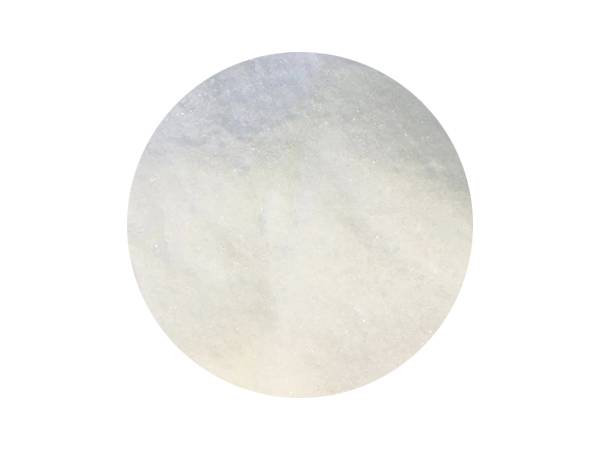



cross-linked polyacrylamide
Exploring Cross-Linked Polyacrylamide Properties, Applications, and Advancements
Cross-linked polyacrylamide (CLPA) is a versatile polymer widely recognized for its unique physical and chemical properties, making it an essential material in various industrial and scientific applications. This synthetic polymer, derived from acrylamide monomers, is formed through a process of cross-linking, which enhances its stability and functionality.
Properties of Cross-Linked Polyacrylamide
One of the primary characteristics of cross-linked polyacrylamide is its high degree of water absorption, allowing it to swell significantly without dissolving. This property, known as superabsorbency, is largely attributed to the presence of amide groups in the polymer structure, which can form hydrogen bonds with water molecules. The cross-linking process involves introducing a cross-linking agent, such as N,N'-methylenebisacrylamide (MBA), which creates a three-dimensional network. This structure not only contributes to the polymer's mechanical strength but also maintains its overall stability in various conditions.
In addition to its water-absorbing capabilities, CLPA exhibits excellent biocompatibility and non-toxicity, making it suitable for use in biomedical applications. Its inert nature allows for a lower risk of eliciting adverse reactions in biological systems. Furthermore, CLPA is chemically stable and resistant to degradation under a wide range of environmental conditions, which enhances its utility in diverse applications.
Applications of Cross-Linked Polyacrylamide
The applications of cross-linked polyacrylamide span several fields, including agriculture, medicine, and environmental science
. In agriculture, CLPA is commonly used as a soil conditioner. Its ability to retain water helps improve soil structure and reduce erosion, ultimately enhancing crop yield in arid regions. The incorporation of CLPA into soil can lead to improved moisture retention and nutrient availability, benefitting sustainable farming practices.cross-linked polyacrylamide

In the biomedical field, cross-linked polyacrylamide is utilized in tissue engineering and drug delivery systems. Its biocompatibility allows for the development of hydrogels that can support cell growth and provide a suitable environment for tissue regeneration. Additionally, CLPA can be engineered to release therapeutic agents in a controlled manner, improving the efficacy of drug delivery while minimizing side effects.
Environmental applications of cross-linked polyacrylamide are notable as well. CLPA is employed in water treatment processes, where it serves as a flocculant to aid in the removal of suspended particles and contaminants from wastewater. By enhancing the sedimentation of particles, CLPA contributes to more efficient water purification processes, ultimately protecting the environment and public health.
Recent Advancements and Future Directions
Research on cross-linked polyacrylamide continues to progress, focusing on enhancing its properties and expanding its applications. Innovations in the synthesis of CLPA aim to create smart hydrogels that can respond to environmental stimuli such as temperature, pH, or light. This ability to adapt makes them ideal for use in advanced drug delivery systems and responsive biosensors.
Moreover, studies are exploring the incorporation of nanoparticles into CLPA matrices to create hybrid materials with enhanced functionalities. These composite materials can improve mechanical properties, increase bioactivity, and expand the scope of applications, from targeted therapies in medicine to advanced filtration systems in environmental engineering.
In conclusion, cross-linked polyacrylamide stands out as a multifaceted polymer with diverse applications across various fields. Its unique properties, coupled with ongoing research and development, underscore its significance in modern science and industry. As advancements continue to unfold, CLPA is poised to play an even more prominent role in addressing challenges in agriculture, healthcare, and environmental sustainability, making it a subject of interest for researchers and practitioners alike.
-
Why Sodium Persulfate Is Everywhere NowNewsJul.07,2025
-
Why Polyacrylamide Is in High DemandNewsJul.07,2025
-
Understanding Paint Chemicals and Their ApplicationsNewsJul.07,2025
-
Smart Use Of Mining ChemicalsNewsJul.07,2025
-
Practical Uses of Potassium MonopersulfateNewsJul.07,2025
-
Agrochemicals In Real FarmingNewsJul.07,2025
-
Sodium Chlorite Hot UsesNewsJul.01,2025










